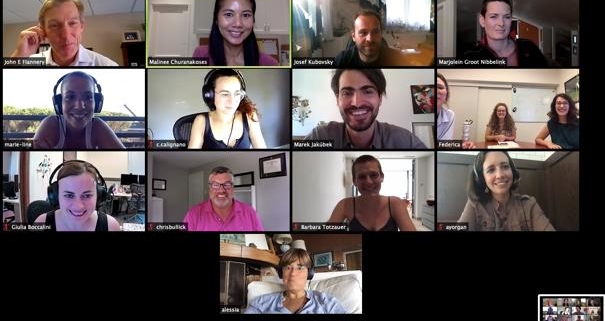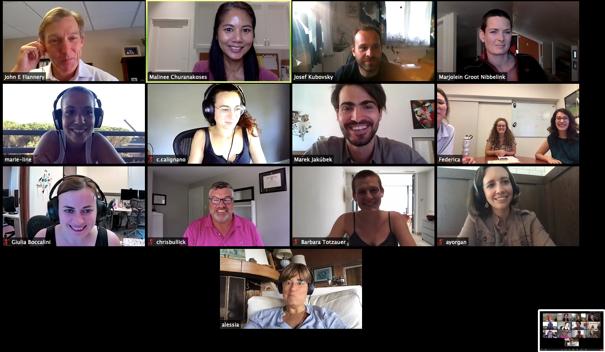
Is there a “right” way to sell? Perhaps. But, if the Covid-19 pandemic has taught us anything, it’s that the world can change in a flash and the “right” way may no longer work.
In my role as a sales trainer and consultant these past 16 years, I’ve seen a constantly changing new twist and turn on the “right” way to sell in light of current economic conditions. Personally, I have worked through four popular sales methodologies in my career: SPIN Selling, Miller Heiman, Solution Selling, and Customer Centric Selling.
Admittedly, each of those methodologies provides an excellent framework for helping enterprise sales organizations understand how to organize themselves and face the market. However, the one aspect that has regularly challenged my clients is that these programs often have components that are too complex to use in a practical format.
During many of the conversations I have with sales and executive leaders, I’m regularly told that they have “tried” two, three, or sometimes even four different methodologies but none of them worked. They just didn’t stick. What I hear loud and clear is that they want something that’s their own, a sales process that reflects how their customers buy, aligned with the tools and skills that their sales people can use to excel.
The ultimate goal of a sales process in any organization is to help drive more revenue. Is there a right way to sell? I’d say yes. But it needs to be what’s right for your organization and sales team. And a popular sales methodology might not be the answer—especially when the economy takes a turn for the better or worse. On the other hand, a customized sales process might be a perfect fit.




